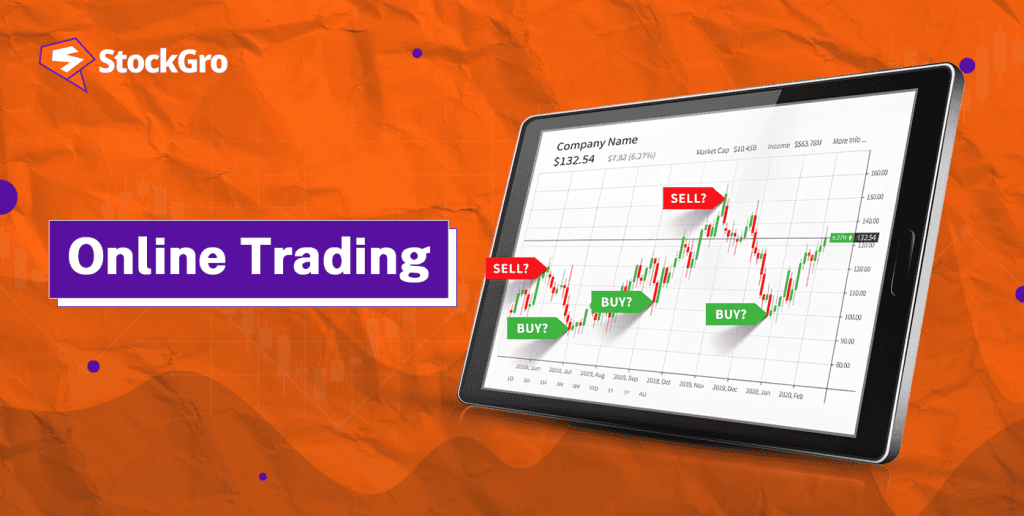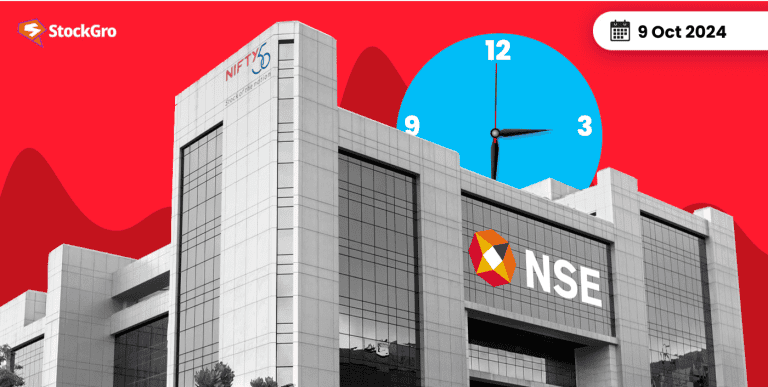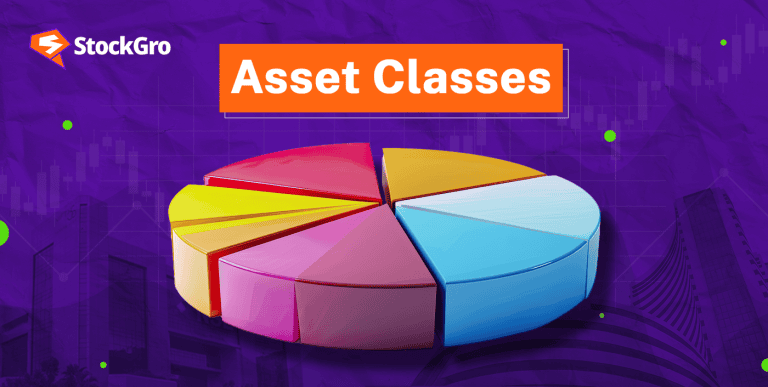
Buying and selling financial instruments like stocks or currencies is known as trade. In the past, this was carried out in physical locations. Today, technology has shifted the scene, enabling transactions through online platforms instantly.
This modern approach gives individuals unprecedented access to markets from their palms. But how does trading online work? The following sections uncover the inner workings of online trading, offering you a guide to get started in the space.
What is online trading?
Online trading enables the purchase and sale of instruments such as stocks, bonds, and currencies through internet platforms. It moves away from traditional broker-driven transactions, allowing users to engage directly. This method contrasts with traditional trading, where transactions were facilitated by brokers via phone or in person.
It allows customers the freedom to look into a variety of investing possibilities and also provides real-time updates. Online platforms have transformed the investing landscape, making it easier for a broader audience to participate in areas that were once more exclusive.
How does online trading work?
- Setting up access
First, you need two accounts:
- A transaction account for executing trades.
- A Demat account to digitally store your purchased assets.
Once these are set up with a brokerage firm and funded, you’re ready to engage.
- Initiating a transaction
Select the asset whether it’s stocks, bonds, or commodities and submit your transaction request via the platform. You’ll specify the quantity and desired price, sending your instructions to the market.
- Order matching process
The stock exchange processes your request. Behind the scenes, it searches for a counterparty someone offering what you seek at the right terms. Once found, the system matches your request and locks the deal.
- Execution and notification
When the transaction is confirmed, you’ll receive an update from your broker, detailing the finalised cost, amount, and any associated charges. Your position is now officially established.
- Clearing and settlement phase
After execution, clearing ensures both sides meet their obligations. In India, settlements are completed within T+0 or T+1 days. This means assets are transferred within a working day after the transaction is initiated.
- Final exchange of assets
Once both parties fulfil their financial commitments, the transfer is complete. The securities are delivered to the new owner, and the money is deposited into the seller’s account.
Also read: What is Unfair trade practices and how to deal with them?
How to trade online?
Trading online involves a clear set of actions. Here are few steps to get you started:
- Select your broker carefully: Brokers differ in fees, platforms, and services. Research thoroughly before choosing one. Ensure they’re Securities & Exchange Board of India or SEBI-registered.
- Set up necessary accounts: A Demat account will hold your securities electronically, and a transaction account facilitates buying and selling. Complete the KYC process, submit your PAN, Aadhaar, and other documents. Once linked to your bank, you’re all set.
- Deposit capital: Transfer funds from your bank to your trading wallet. This balance will be used to purchase shares or other instruments. Always ensure you’ve allocated money sensibly, keeping fees in mind.
- Master the fundamentals: Dive into the mechanics of stock exchanges, learn how pricing is influenced by supply and demand, and explore how broader economic trends affect investments. Equip yourself with knowledge before entering the field.
- Develop a plan: Define your goals. Will you focus on quick trades or longer-term investments? Set clear limits on risk, and establish the level of return you’re aiming for. A structured approach is crucial.
- Simulate before you commit: Use demo platforms offered by brokers to practise without risking real cash. Try various strategies and have an upper hand before entering live markets.
- Monitor your positions actively: Once your trades are live, keep an eye on them. Use data analytics and market updates to stay informed about changes. React strategically, not emotionally, to fluctuations in value.
- Set protective limits: Use safeguards like stop-loss triggers to exit if your investments drop to a specific level. This limits potential downsides. Similarly, use take-profit settings to secure gains when the value reaches your target.
Also read: What is trend analysis?
Benefits of online trading
- Unrestricted access from any location: No need for physical visits to a brokerage office. As long as you’re connected to the internet, you can engage in trading from anywhere.
- Instant data and detailed insights: You gain access to live market updates, real-time charts & analytical tools that offer deeper insight into price fluctuations. This immediate access allows you to analyse trends and adjust your strategies quickly, improving decision-making.
- Full autonomy over your portfolio: With direct control over buying and selling, you’re in charge. There’s no waiting for brokers, no delays—decisions are executed when you choose.
- Diverse investment options: From stocks to mutual funds, and even foreign currencies or commodities, a wide range of assets is available.
- Advanced features to enhance your experience: Customisable alerts, automated trading systems, and charting tools are often available to help you refine your strategies.
You may also like: Teachers’ Day – Investing lessons from successful investors
Bottomline
Engaging in financial markets through online platforms offers a streamlined and efficient experience. It provides users the ability to manage their investments directly, offering access to a wide range of assets.
However, it’s important to recognise the unpredictability inherent in such activities. Success requires thoughtful strategies, consistent learning, and a keen awareness of potential market fluctuations.
FAQs
- How do people make money from online trading?
People aim to profit by purchasing assets when values are low and selling when they rise. Some focus on short-term gains, while others hold for longer periods seeking growth. Traders often use analysis tools to anticipate shifts. But success isn’t assured—losses are possible. It all comes down to strategy, timing, and understanding.
- What is the process of online trading?
First, you sign up with a broker and add money. Then, choose what you want to trade, like shares or bonds. You place a buy or sell request through the platform. The system finds a match for your request. If successful, you receive either the funds or the asset. You can monitor everything as it happens. Each part is quick, but you need awareness of how the market behaves
- Is online trading profitable?
Some traders make a profit, while others face losses. Outcomes depend on experience, timing, and careful planning. It’s not always predictable since the market is constantly shifting. Some aim for quick returns, while others prefer holding investments long-term. Risks are part of both approaches. A clear understanding of the market is crucial. Results can vary widely between individuals. Staying informed and cautious is key
- Is it safe to trade online?
Many use online platforms without major problems, but there are concerns. Hacking or fraud can occur, so choosing a reliable broker is crucial. Protecting your information with strong passwords is essential. Market volatility can also lead to financial losses. While systems are designed to be secure, no method is completely free of danger. Being aware and cautious is key. Always do your research before you begin investing.
- How can I teach myself to trade?
Begin by understanding market fundamentals through books and videos. Explore reliable financial websites for guidance. Use demo accounts to practise without risking actual funds. Observe price movements and analyse patterns. Join online communities to gain insights from experienced traders. Keep yourself informed about current events and trends. Start with small amounts to gain experience. Reflect on your decisions regularly and adapt your strategy as you go. Mistakes are part of the process; learn and grow from them.

